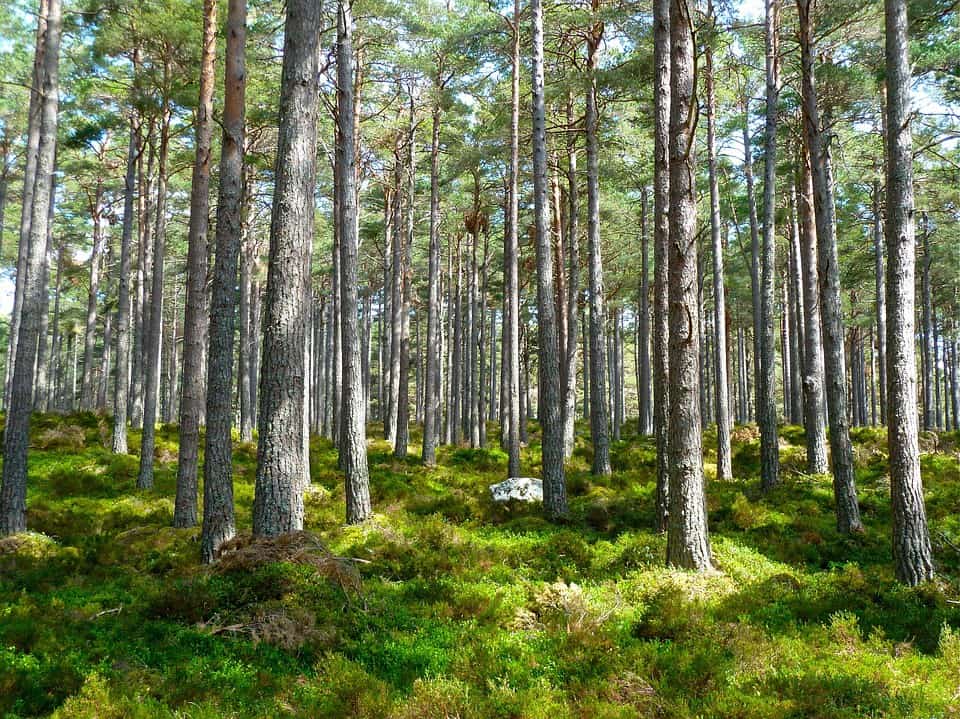
Ecologists need your help preserving the Pinelands’ ecology.

While you may not know it, you drive by various species of threatened and endangered plants every time you commute through the Pine Barrens. In fact, according to the Pinelands Commission, there are 92 types you’re driving past.
About 39 percent of all native plant species in the state are considered imperiled to some degree, and at least 32 species have been extirpated, according to the state Department of Environmental Protection.
And unfortunately, things are only getting worse. We know this because 37 plant species were recently added to the NJDEP’s Endangered Plant Species list. Ten of those were recently deleted, but not because they repopulated. Rather, they are believed to no longer exist in the state.
According to Ryan Rebozo, director of conservation science at the Pinelands Preservation Alliance, people are not doing enough to fix this.
“Ideally, we should have protections in the way they have to protect animals,” Rebozo said, referring to the state government’s role in all of this.
Under law, the state government classifies rare animals as one of three categories: endangered, threatened and special concern. For plants, the law only mandates endangered and special concern — no threatened.
“Since there’s technically no threatened category, they’re only protecting a subset of that state list — only the endangered plants,” Rebozo explained. “Dozens of other ones that are still considered rare don’t have threatened next to their name, [so] they don’t get protections here.”
According to Rebozo, there’s no reason for animals to get more protection than plants, even if they’re cute and furry. Both are interconnected and depend on each other, which is what biodiversity is all about.
But why is it important to conserve plants?
For starters, losing them could result in serious issues, according to Rebozo. One example would be how native plants affect aquifers underground, which is where local residents get their drinking water. In many cases, certain local plants will hold sediment together with their roots. When there are fewer of these plants, that sediment becomes disturbed. As a result, the sediment runs into our waterways and disturbs fish, insects and other creatures that live in the area.
“If [sediment is] coming in at unnatural levels, it can be detrimental,” Rebozo said. “If it remains suspended in the water, it limits how much oxygen is in there [and] the amount of sunlight that can come through. If it settles out in the water, it might be changing the way that streambed looks underneath, impacting where certain things can survive. We have not only fish but also insects and stuff that need the water and survive on that streambank floor. So lots of little effects that we wouldn’t think of that occur from something just like soil running into the water.”
It could also affect how much water gets to the aquifer. If not enough gets there, the water level might be too low for the bottom of the wells to reach. As a result, residents would have to dig deeper wells to reach their drinking water, which costs time and money.
It wasn’t until 1989 when the state recognized a list of rare plants. The Endangered Plant Species List Act recognized the work of scientists and researchers who had put together such lists but previously weren’t recognized. However, according to Rebozo, even though there is a list, the bill “doesn’t actually require any protections” from the state. So the Pinelands and other regions are forced to create their own.
“The highlands and the Pinelands actually protect plants. The rest of the state does really nothing,” he said.
How can Pinelands residents help? Plant native plants. A list can be found on the Pinelands Preservation Alliance website.
Planting native plants keeps the ecology of the native area intact. When residents plant non-native plants, the non-natives will compete for resources with the natives. This could kill the natives, which could potentially change the ecology of the Pinelands for the worse.









